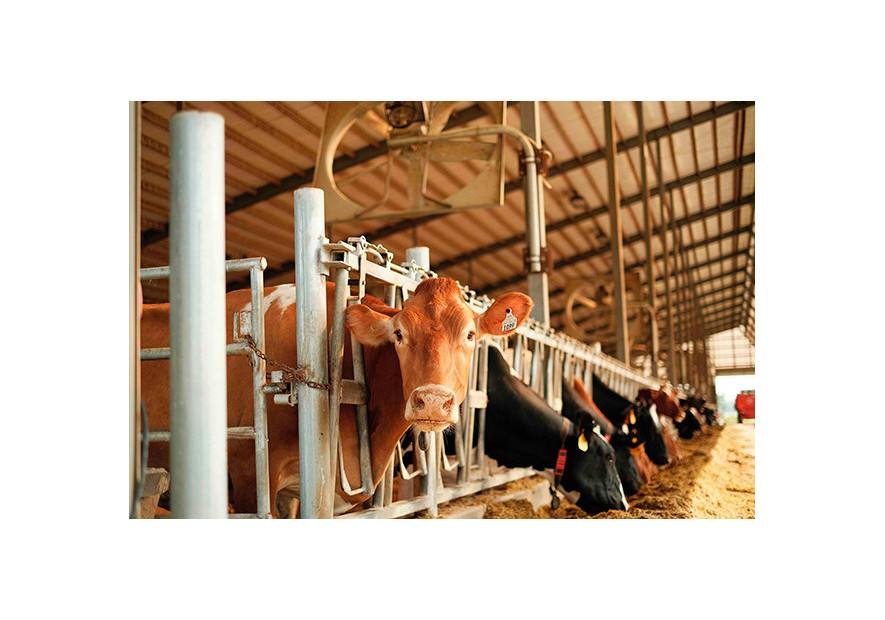How does a degreaser work and which one suits my needs?

Degreasers are products that we are used to use in our daily lives. We know that they are effective against fat, but we have never thought why.
But, what is the difference between the different types of degreasers on the market and why do we use one or the other depending on what we want to clean?
There are different types of degreasers. The most common are water-based. This type of degreaser can be formulated based on acidic or alkaline salts. These products are able to interact with fat and produce a reaction called saponification. This means that the fat is dissolved in the water through the action of this product.
They can also be based on emulsifiers, and what they do is favor the mixture of the fat in the water.
What is the ideal degreaser?
It depends.
For very pronounced fat, one that does both functions is recommended: degreasing and emulsifying.
For less pronounced fat, a less strong degreaser is recommended, which is not as aggressive on the surfaces on which they are applied.
We have several types of degreasers, adapted to each of our needs or circumstances of use.
We show them below, ordered from more to less strong:
SUPERFORTEX > DC-20 > DC-10 > DC-2 > DB-1 > DETERGRAS > ACTRINI MULTIUSE CLEANER
If you want to know more about any item, by clicking on their name you will get more information.
For professional use (restaurants, kitchen griddles, industrial kitchens, or kitchen hoods), the use of SUPERFORTEX to DC-10 is recommended, since they are highly concentrated degreasers. To degrease greasy floors and walls, the ideal product would be DC-2. For cleaning cutting plants and all those surfaces related to the meat industry, the ideal product would be DB-1. For cleaning ink stains or other general stains, DETERGRAS would preferably be used. Lastly, ACTRINI MULTIUSOS is a general multiuse cleaner with a certain degreasing effect. It is valid for cleaning surfaces such as vitroceramic hobs, tiles or microwaves where the amount of grease is not very pronounced.
Each product has its own properties and not all are valid for all the uses. Therefore, a good choice is a fundamental factor.



